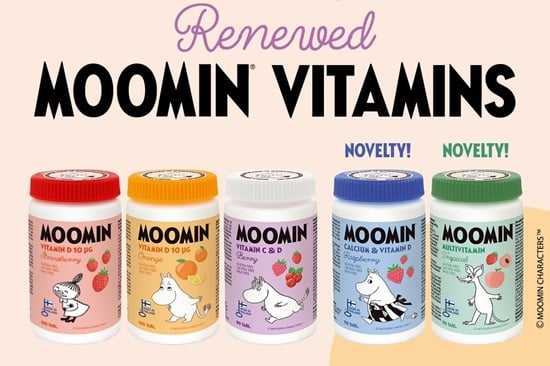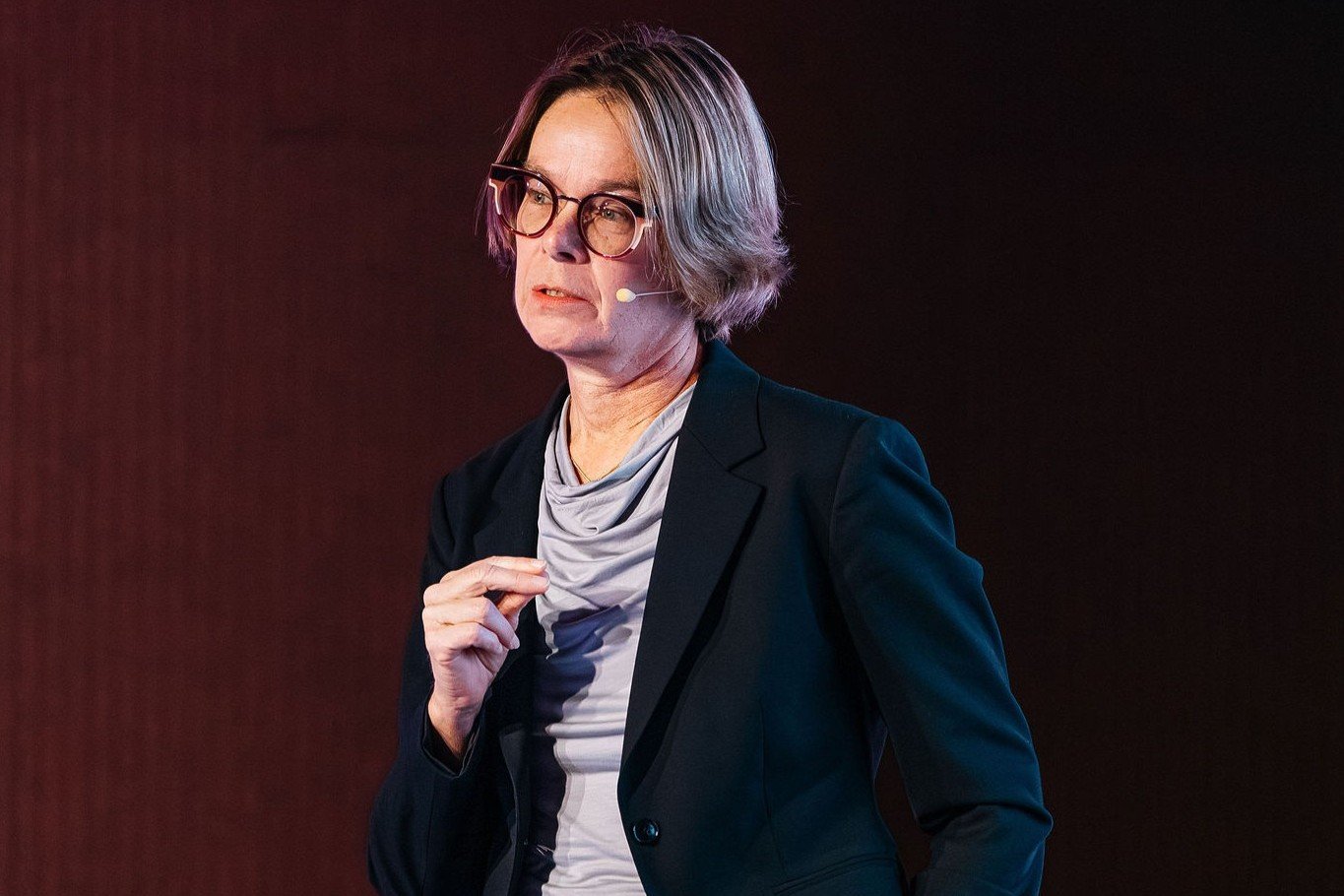Automated dose dispensing will bring huge savings
10.3.2016
An automated dose dispensing service is safe and saves money. In Sweden, hospitals are becoming increasingly interested in the service. In Finland, automated dose dispensing is less common, and its growth is hampered by factors such as confusion about who should pay for the service.
In Finland, so far just under 40,000 customers are using an automated dose dispensing service, while in Sweden there are 200,000 customers and four dose dispensing companies. One of these companies is Svensk Dos, which Oriola-KD acquired early this year. Even though the number of customers is considerably higher in Sweden, there is still room for growth.
“In Sweden, the population is ageing fast and life expectancy is increasing all the time. Many senior citizens lead active lives and appreciate the safety and simplicity of the dose dispensing service,” says Managing Director Stefan Krisch from Svensk Dos.
In Finland the baby boomers are also potential future customers. Meanwhile in Sweden, the prices of pharmaceuticals that have decreased since the break-up of the pharmacy monopoly may be speeding up the development. Many Swedish provinces still have the same budgets that they did before the price decrease.
“This means, of course, that the dose dispensing service can be provided for more people at the same price. There is also a lack of nurses, so the dose dispensing service means they can now concentrate on patients instead of pharmaceuticals,” Krisch says.
Krisch has only positive things to say about the automated dose dispensing service.
“It enhances patients’ quality of life. Their pharmaceuticals are processed more simply and safely than before, and patients can always rely on the fact that they are getting the right medication,” Krisch says.
Society also benefits from the automated dose dispensing service. There is less waste and prices remain lower.
Great potential for growth
Krisch sees a variety of opportunities for dose dispensing. Hospitals are one of the continuously growing customer groups.
“When a hospital sends us an order in the morning, the medicines will be delivered in the afternoon and the patient can take the first dose in the evening. Hospitals always receive a day’s order at a time to avoid waste when a patient’s medication is changed,” Krisch says.
The automated dose dispensing service may also have private customers in the future in Sweden.
“But this will require national databases created by the authorities where all patient information is saved. It is vital that the dose dispensing service has all the information on a patient’s medication in order to avoid overmedication. Privacy protection and safety will also have to be considered at all times,” Krisch says.
In Finland, private customers can already order the service, but otherwise the development is almost contrary to Sweden. Some municipalities have discontinued automated dose dispensing and gone back to the manual service.
The greatest difference between the two countries – in addition to customer numbers – is the payer of the automated dose dispensing service. In Sweden, a patient pays a maximum of 2,200 crowns for reimbursable medicines, and the province takes care of the rest. In Finland, it is still unclear who pays what, and patients are in an unequal position as not all municipalities provide reimbursement for the service.
Text: Michaela von Kügelgen


